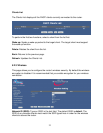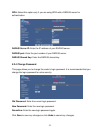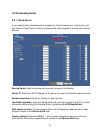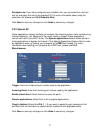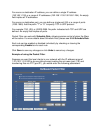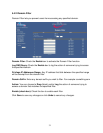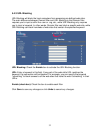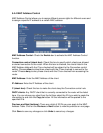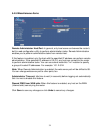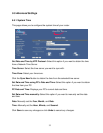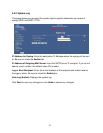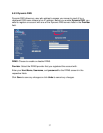
30
For source or destination IP address, you can define a single IP address
(192.168.1.100) or a range of IP addresses (192.168.1.100-192.168.1.254). An empty
field implies all IP addresses.
For source or destination port, you can define a single port (80) or a range of ports
(1000-1999). Add the prefix "T" or "U" to specify TCP or UDP protocol.
For example: T80, U53, or U2000-2999. No prefix indicates both TCP and UDP are
defined. An empty field implies all ports.
Packet Filter can work with Schedule Rule, allowing precise control of when the filters
will be active. For more details about Schedule Rule, please see 5.5.6 Schedule Rule.
Each rule can be enabled or disabled individually by checking or clearing the
corresponding Enable box for each rule.
Click Save to save any changes or click Undo to cancel any changes.
Example of using the Packet Filter:
Suppose you want the local clients in your network with the IP address range of
1.2.3.100–1.2.3.200 to do everything except reading the net news (port 119) and
transferring files via FTP (port 21), you would enter the following parameters:



